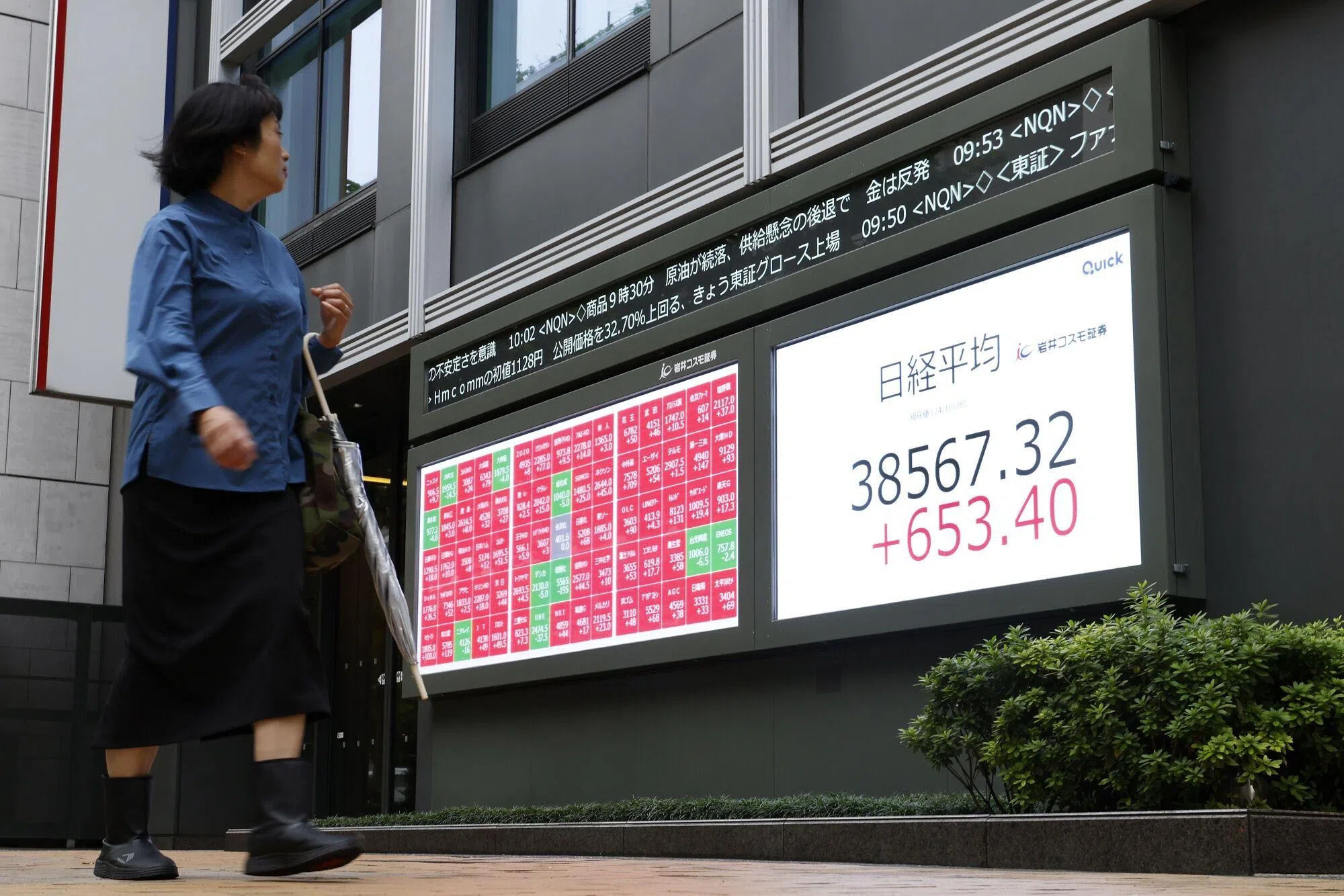THE Nikkei 225 Index Futures contract – available in standard, mini, and micro sizes – is based on the underlying Nikkei 225 Index. The 3 largest constituents of the index include Fast Retailing (the parent company of Uniqlo), Tokyo Electron (a manufacturer of semiconductor production equipment), and Advantest Corp (a provider of semiconductor testing equipment and solutions).
Japanese equities have rebounded from their August drawdown, although they have yet to regain the record highs seen in July. The Nikkei 225 Index has a significant exposure to the AI sector due to its tech-heavy composition, with technology accounting for 49 per cent of the index, well above the S&P 500’s technology weightage of 32 per cent.
Despite recent volatility, the fundamental drivers behind Japanese equities remain unchanged. These include improved corporate profits, corporate governance reforms, increasing shareholder activism, tax-free investing via the NISA programme, and the return of healthy inflation and wage growth. Recent data pointing to rising real wages provided further optimism that a virtuous wage-price spiral could be achieved, potentially boosting consumer spending and fuelling demand-led inflation.
Aftermath of US presidential election
Following the US presidential elections on Nov 5, the Nikkei 225 Index closed 2.61 per cent higher, buoyed by an appreciation in the USD/JPY currency pair due to a surge in US Treasury yields as traders positioned for Donald Trump’s tariffs to drive up inflation and tax cuts to boost the budget deficit. As a result, the interest rate differential between Japan and the US has reached its widest since July, placing downward pressure on the yen.
The negative correlation between the Nikkei 225 Index and USD/JPY has been well documented, with a weaker yen benefiting many export-heavy Japanese firms such as Toyota. However, a weaker yen also runs the risk of boosting imported inflation, putting pressure on the Bank of Japan (BOJ) to raise interest rates.
BT in your inbox
Start and end each day with the latest news stories and analyses delivered straight to your inbox.
Our outlook on the USD/JPY pair remains biased to the upside given the likelihood of a higher US terminal rate and a slower pace of BOJ normalisation. Trump’s inflationary policies may result in the Fed being less willing to cut rates, potentially further weakening the yen and providing support for equity markets.
Nikkei 225 outlook
We view Trump’s election victory as strategically favourable for Japanese equities and the Nikkei 225 Index.
Japan’s underlying economic fundamentals remain robust, with real wages on a positive growth trajectory. Trump’s election victory could also alter the flow of capital into two of Asia’s largest equity markets. Specifically, as investors adopt a more cautious stance towards China due to potential US tariffs, we anticipate a potential increase of fund flows into Japan.
From a technical standpoint, with the Osaka Nikkei 225 Mini Futures Contract, the daily chart shows the contract having rebounded from its Aug 5 low, but has since undergone a period of consolidation beginning in late September. The chart also reveals an ascending triangle pattern. Some other key technical observations supporting our analysis:
⦁ The 14-day Relative Strength Index indicator remains neutral, near 49, indicating that the market is neither overbought or oversold
⦁ A bullish crossover of the 20-day Exponential Moving Average (EMA) above the 50-day EMA suggests short-term bullish momentum
As at Nov 11, the contract was seen testing the upward sloping lower band of the ascending triangle pattern at approximately 38,600. Based on a Fibonacci Extension drawn from the October 2023 to the July 2024 high, a downside breakout could signal a short-term move towards the 61.8 per cent extension level around 37,900. If prices fail to break below the lower band, it may retrace and retest the upper band of the ascending triangle without invalidating the overall trend.
Should the dollar strength and yen weakness continue, we expect a further appreciation in USD/JPY to push prices towards the upper band of the ascending triangle at around 39,685, which coincides with the 76.4 per cent extension level.
If this upper band is broken, we see prices potentially trading range bound between the 76.4 per cent extension level of 39,685 and the 100 per cent extension level around 42,500, which aligns with the index’s all-time high.
The writer is senior investment analyst at Phillip Nova






